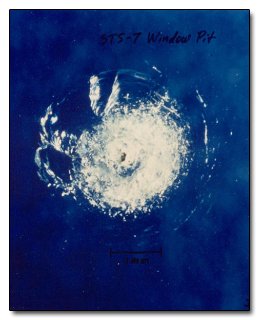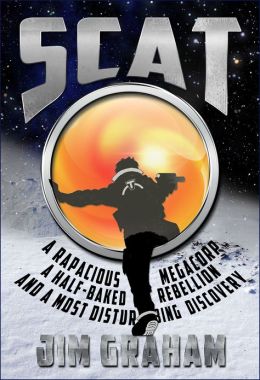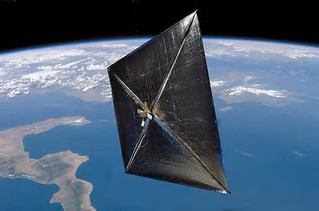Have you ever gone to a carnival and tried out the shooting gallery: the ones where you use a BB gun to plink over metal duckies as they swim across a shelf in the back of the booth? Even if the carney has not messed with the sights so the BB does not go where you think it will, you may have found hitting a moving target to be a challenge.
If the carnival shooting gallery isn’t challenging enough, try skeet shooting – with a rifle, not a shotgun – and you’ll get closer to the challenge of shooting a space ship from one planet to another, let alone from one star to another.

I found a comment left on one of Greta van der Rol’s blog posts interesting: the discussion was of a space ship coasting to a stop in space because the engine failed. This will not happen, but he asked, “Coast to a stop – relative to what?” And he made the point of my next post in an elegantly succinct manner. The biggest issue in flitting around space is that everything is in motion.
If we board an aircraft in New York and fly to London, noodle around for a week then fly back; New York is almost always right where we left it. We can use landmarks, compass headings & distance and now GPS satellite signals to travel from one point on our globe to another with little risk of missing our mark – unless we’re using iMaps: then it’s hard to say where you will end up! But in outer space – even interplanetary space – things are very different. Everything in our solar system orbits around our sun. We can use the sun as one fixed point of reference, but everything else is in motion and moving from one place to another requires a lot of complicated mathematics to calculate a trajectory that will put us in the place our destination will be when we get there. In marksmanship terms, we must “lead the target”: shoot for where it will be, not where it is now. Continue reading “Science Fiction Fact & Fancy: Navigation”
 Foreign Identity, by Becca J. Campbell is quite probably the strangest alien abduction story I have read:
Foreign Identity, by Becca J. Campbell is quite probably the strangest alien abduction story I have read:
 Alien Empire, by Anthony Gillis, is an interesting read that disappoints in only one way.
Alien Empire, by Anthony Gillis, is an interesting read that disappoints in only one way.

 Scat, by Jim Graham is an imaginative and intriguing story set in the far future that follows Sebastian Scatkiewicz, a.k.a. Scat – an American in the US Marine Corps and decorated war hero. After ‘retiring’ from the Marines he finds himself on a distant planet working in a mine. He gets caught up in a riot there, and is shipped to another planet where he is unwillingly swept up in a planetary rebellion. The major players in the war that ensues are not governments so much as mega-corporations, a regulatory commission and the people of the planet he’s on. All he wanted was to do his tour of duty in the mine, get paid and buy a patch of dirt to settle on. Now he’s embroiled in a war and he has to choose a side.
Scat, by Jim Graham is an imaginative and intriguing story set in the far future that follows Sebastian Scatkiewicz, a.k.a. Scat – an American in the US Marine Corps and decorated war hero. After ‘retiring’ from the Marines he finds himself on a distant planet working in a mine. He gets caught up in a riot there, and is shipped to another planet where he is unwillingly swept up in a planetary rebellion. The major players in the war that ensues are not governments so much as mega-corporations, a regulatory commission and the people of the planet he’s on. All he wanted was to do his tour of duty in the mine, get paid and buy a patch of dirt to settle on. Now he’s embroiled in a war and he has to choose a side.